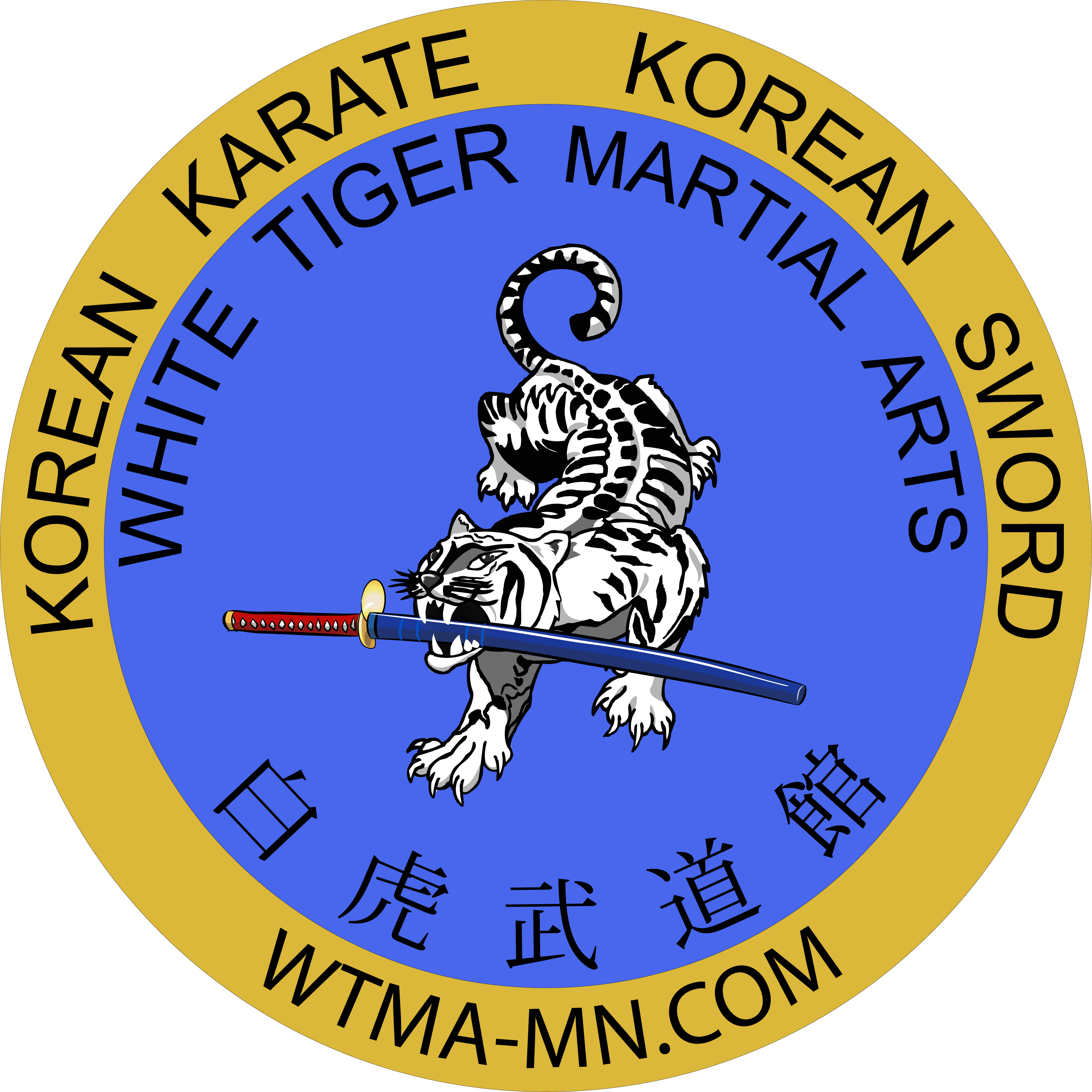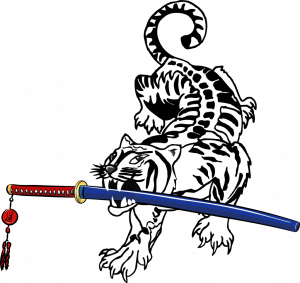 Okay, Wyatt, I apologize for having given you such a hard time about calling your training “Karate”.
Okay, Wyatt, I apologize for having given you such a hard time about calling your training “Karate”.
I am very proud of my Song Moo Kwan lineage. From what I have been able to learn about Grandmaster Ro, Byung Jick and his accomplishments show great intelligence, wisdom and courage. The roles that he has held during the development of the Korean Taekwondo Association helped lead to the success of the World Taekwondo Federation. I greatly desire to learn more about those who trained with him and understand the knowledge that he has passed on.
Over the past few months I have gained better insights into the curriculum that I have been taught. This has lead me even further away from the sport aspects. The whole emphasis on tournaments and awards has always felt against what training should be about.
Grandmaster Jun Sun “Jay” Hyon stated in a 1974 Karate Illustrated article that “In tournaments, you also have to attack certain areas. Then the meaning of tae kwon do is not there. You cannot exclude any place from toe to top of head as far as self-defense is concerned. You don’t have to attack too high either.” He continues in the article “Looks good, sounds good (with a kiai), fast enough but you cannot really hurt like this…” as he describes the ineffectiveness of scoring points versus protecting your life.
As I have already been a proponent of hyung (form) practice, I like Grandmaster Hyon’s description of what he spent one thirds of his training time – “These formal exercises develop patience, stamina and, indirectly, good character. You have to have respect for your teacher and partner.” The practice of the Chung Bong hyungs, which were created by Grandmaster Hyon, illustrates how seriously he took these principles. The hyungs challenge the students from the start as they require front kicks, round kicks and side kicks in the first form.
As the Chung Bong hyungs are designed to have six forms to earning a Chodan, it is apparent (at least I think I should have seen it earlier) that each hyung should have time spent looking beyond the techniques and pattern. Development of bunhae (applications) from the Chung Bong hyung has become a focus and leads back to the concepts presented in most Karate systems.
So what is the point of this? I have finally understood that I train and teach Korean Karate. It better describes what my curriculum is and what knowledge I am trying to provide to my students.
Author: Master Robert Frankovich
As you read and enjoy the posts on this site, please consider “sharing” them! The “likes” help generate additional readership but “sharing” will help even more! Thank you for your assistance!
If you have questions, please feel free to contact me!


